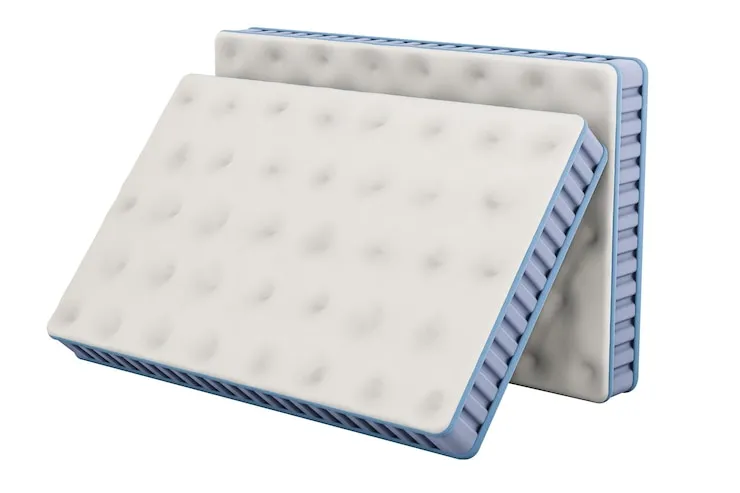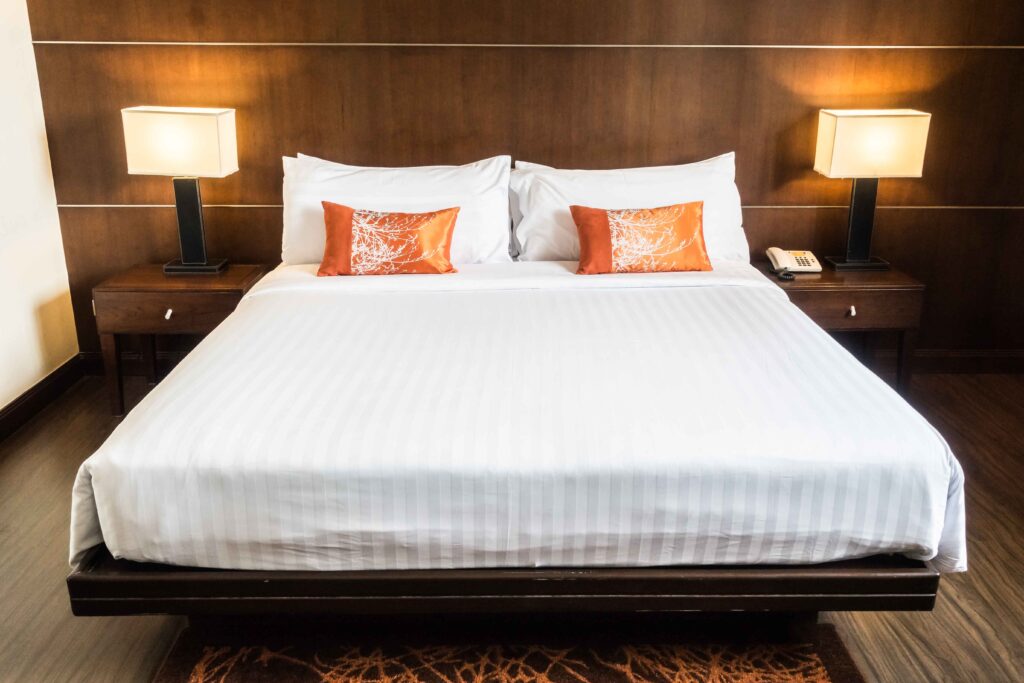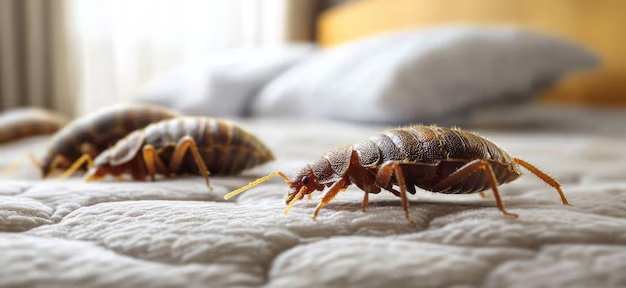
Bed bugs are one of the most troublesome pests, often making their home in the very place we seek comfort: our mattresses. Identifying these unwelcome guests quickly can save you from sleepless nights and escalating infestations. This article explores everything you need to know about bed bugs on mattresses, including how pictures can aid in identification and guide you toward effective treatment.
What Are Bed Bugs?
Bed bugs are small, flat, reddish-brown insects that feed on human and animal blood. Adult bed bugs are about the size of an apple seed, while their eggs and nymphs are much smaller and harder to spot. These pests are nocturnal, preferring to feed while their host is asleep, which is why they commonly infest mattresses.
Why Do Bed Bugs Infest Mattresses?
Mattresses provide an ideal environment for bed bugs. The warmth and easy access to sleeping humans make them prime locations. Additionally, the crevices and folds in mattresses offer perfect hiding spots.
Risks of Bed Bugs
Bed bug bites can cause itching, redness, and swelling. Some individuals may have allergic reactions, while others might experience secondary infections from excessive scratching. Though bed bugs are not known to spread diseases, their presence can lead to significant stress and anxiety.
Signs of Bed Bugs on a Mattress
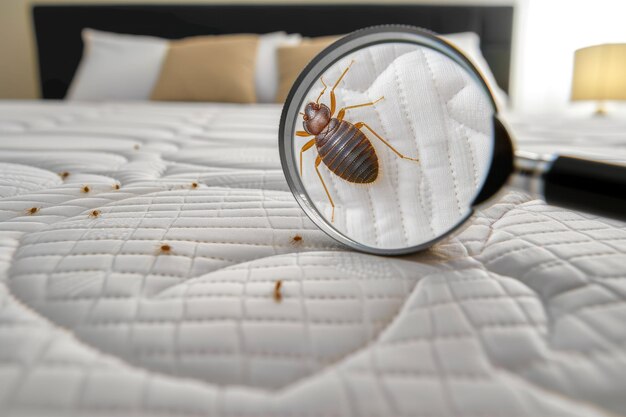
If you suspect bed bugs, here are the key signs to look for:
1. Visible Bed Bugs
Adult bed bugs are small but visible to the naked eye. They often appear as small, reddish-brown dots moving across the mattress.
2. Eggs and Nymphs
Bed bug eggs are tiny, pearly white, and about the size of a pinhead. Nymphs, or young bed bugs, are smaller and lighter in color, becoming reddish after feeding.
3. Bed Bug Droppings
Look for small, dark stains on your mattress. These are digested blood excreted by bed bugs and are a clear sign of their presence.
4. Shed Skins
As bed bugs grow, they shed their outer exoskeletons. These translucent skins can often be found in mattress seams and nearby furniture.
High-Risk Areas on a Mattress
Bed bugs are experts at hiding. When inspecting a mattress, focus on the following areas:
- Seams and Edges: These folds are ideal hiding spots.
- Tufts and Folds: The thicker stitching in tufts makes them a common refuge.
- Beneath Mattress Tags and Labels: Often overlooked, these areas can harbor bed bugs.
- Box Springs and Bed Frames: Bed bugs often extend their infestation beyond the mattress.
Difference Between Bed Bugs and Other Pests
It’s easy to confuse bed bugs with other small pests. Here’s how to differentiate them:
- Dust Mites: Invisible to the naked eye and do not bite humans.
- Carpet Beetles: Larger than bed bugs and more oval in shape.
- Fleas: Smaller than bed bugs and more active jumpers.
By examining detailed pictures of bed bugs and comparing them with other pests, you can accurately identify the problem.
How to Capture Photos of Bed Bugs
Taking clear pictures of bed bugs can help confirm their presence:
- Use Magnifying Tools: A magnifying glass or phone camera zoom can help you capture details.
- Ensure Proper Lighting: Bright, natural light or a flashlight is essential.
- Focus on Hotspots: Photograph seams, folds, and any visible signs like droppings or shed skins.
These photos can also be useful for pest control professionals when seeking advice or treatment.
Prevention and Treatment
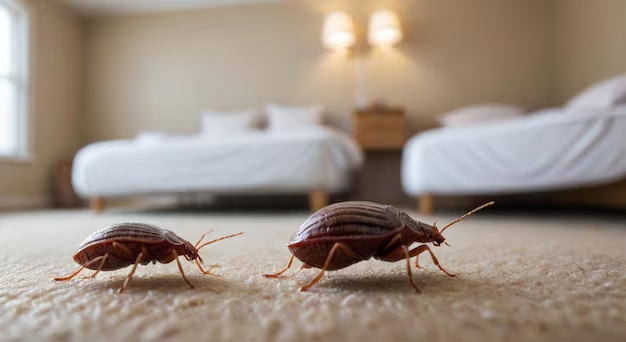
Prevention Tips
- Regularly inspect and vacuum your mattress.
- Use mattress encasements to block bed bugs from entering or exiting.
- Avoid secondhand furniture or thoroughly inspect it before use.
Initial Actions
- Isolate the mattress by moving it away from walls and furniture.
- Wash bedding in hot water and dry on high heat.
Treatment Options
- Professional Pest Control: Experts can provide heat treatments or chemical solutions.
- Mattress Encasements: These protective covers trap bed bugs and prevent new infestations.
- Thorough Cleaning: Regular vacuuming and steam cleaning can remove many bed bugs and their eggs.
FAQs
Can Bed Bugs Be Too Small to See?
While eggs and nymphs are small, adult bed bugs are visible to the naked eye. Photos can help identify them.
What If I Suspect Bed Bugs but Can’t See Them?
Monitor the mattress for a few days and use traps or encasements to catch and confirm their presence.
Conclusion
Bed bug infestations on mattresses can disrupt your sleep and peace of mind. Identifying the problem early through signs and pictures is crucial for effective treatment. Don’t hesitate to take action—whether it’s prevention, cleaning, or calling professionals, addressing the issue promptly can save you from bigger problems later.
For more tips and resources, explore our mattress encasement products designed to keep your bed bug-free and ensure a comfortable night’s rest!

